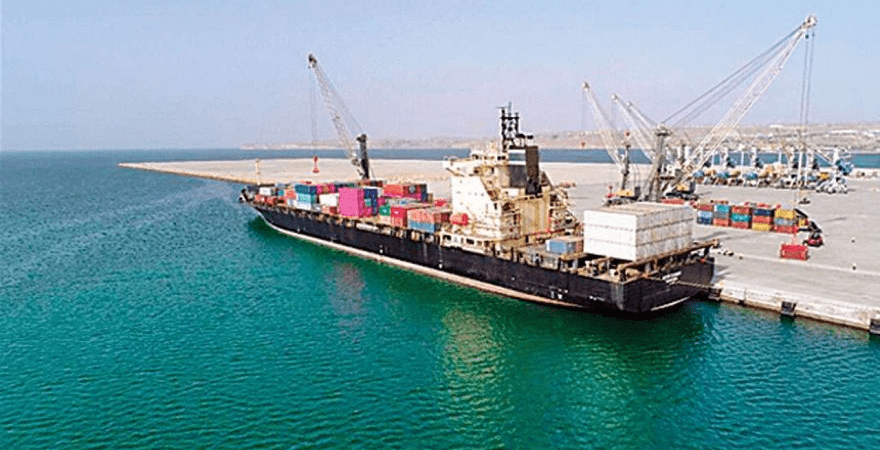9.2 per cent fall in remittances from UAE

Remittances from Saudi Arabia, UAE, UK and US make up 68.5pc of Pakistan’s yearly remittances. But lately, remittances from the first three countries, with a share of 57.7pc in the total pie, have been falling with little chance of a reversal of this trend, primarily due to economic and expatriate labour market conditions of host countries.
Overseas Pakistanis working in Saudi Arabia, UAE and UK are sending less foreign exchange back home than last year. During July-October this year, remittances from these countries fell by 11.7pc, 9.2pc and 8.3pc, respectively, according to the State Bank of Pakistan (SBP).
A 9.2pc fall in remittances from the UAE can be explained by a sharp decline in the number of Pakistani workers going there during the past two years owing to Covid restrictions
Expat Pakistanis in Saudi Arabia are falling because expatriate workers from other countries, including India, are outnumbering expatriate Pakistanis in professional/managerial jobs. Besides, the growing Saudisation of the labour market and growth in opportunities for overseas workers to set up small businesses in Saudi Arabia also influence the volume of foreign exchange sent back home. Pakistan is no exception.
Almost all these factors apply to remittances coming to Pakistan from the UAE with varying degrees of intensity. The UAE is a global financial and trading hub that offers greater opportunities for expatriate workers to use earnings to invest in UAE-based businesses.
Those opportunities become more attractive for Pakistanis settled there when they see that political uncertainty back home is growing day by day — and the environment to invest in Pakistan is far less friendly than in the UAE. On the contrary, they come across a growing number of resident Pakistanis who continue to invest in the UAE’s real estate and retail sectors.
A 9.2pc fall in remittances from the UAE (from $2.08bn in July-Oct 2021 to $1.89bn in July-Oct 2022) can also be explained by a sharp decline in the number of Pakistani workers going there during the past two years. In 2020 and 2021, only 81,118 went on a work visa to the UAE, mainly because of Covid-19-related travel restrictions against 211,270 in 2019 alone.
Between January and October this year, 108,573 Pakistanis went there for work, according to the Bureau of Emigration and Overseas Employment. By the end of the year, this number could rise to 130,000 or so, but that too would be far below what it was in 2019 — and even earlier.
Saudi Arabia’s case is not different. The decline in remittances from the Kingdom (from $2.785bn in July-Oct 2021 to $2.459bn in July-Oct 2022) can also be partly explained in the context of labour export. In the last two years, 292,153 Pakistani went on a work visa to Saudi Arabia; in 2019 alone, 332,764 workers went there.
The number is growing rapidly (429,649 in 10 months of 2022). But larger export of workforce takes time to translate into thicker remittances. Remittances from Saudi Arabia may start growing sometime in the middle of 2023 or early 2024. But the government must make serious efforts to ensure that the export of workforce to the UAE returns to the levels where it was before the outbreak of Covid-19.
During July-October 2022, remittances from the UK slipped to $1.368bn from more than $14.92bn during July-October 2021. But the reasons for this decline are different. People in the UK are braving 41-year high consumer inflation (11.1pc in October) and 45-year high food inflation (16.4pc in October).
This is eroding the savings of people living there, including expatriates, and the expatriates are also sending back home a little less than what they were previously remitting. Besides, the UK economy has already contracted 0.2pc in the July-September quarter, and the Bank of England fears that this downturn could last deep into 2024. Dwindling remittances from there is a direct reflection of this fact.
The government and the SBP have recently taken some initiatives to curb inflows of remittances through illegal channels besides cracking down on those money changers involved in this activity. That is a welcome move and must go on. But the policymakers must not overlook the fact that remittances coming in through banking channels keep falling for the obvious reasons.
Limiting the amount of foreign exchange that people can purchase from the exchange companies and requiring these companies to keep verifiable records of the deals also make sense as the country is braving a foreign exchange crisis.
However, for medium- to long-term purposes, there is a need to revisit our remittances policy once again with an objective of (1) strategising remittances’ growth from four main centres — US, UK, Saudi Arabia and UAE, (2) exploring new host countries for Pakistani workers, (3) improving the quality exportable workforce, and (4) expediting the move to give overseas Pakistanis the right to vote in general elections. The last one is obviously the most important.





